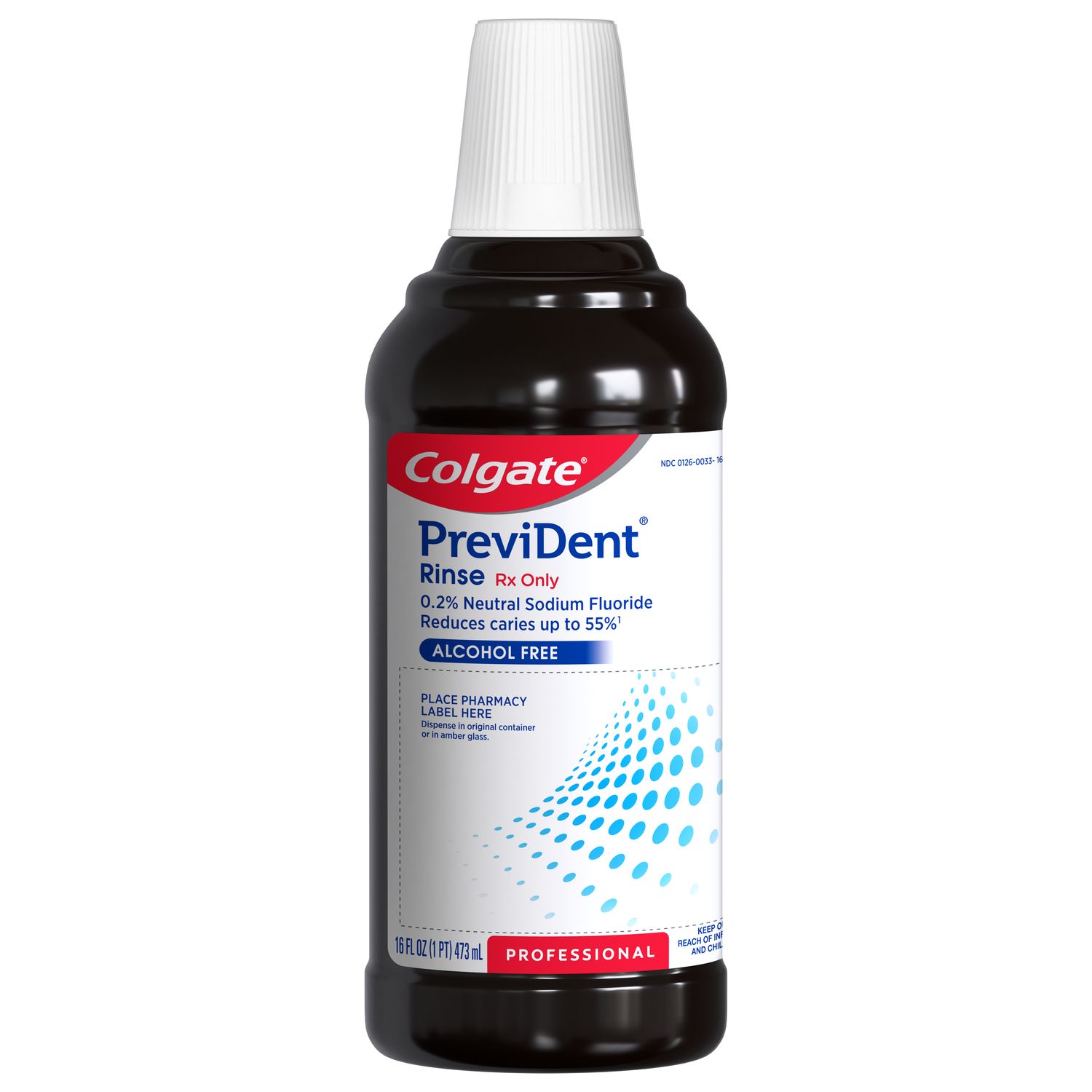What Is Linea Alba?
Linea alba refers to the frictional thickening of your cheek's tissue lining, also known as the buccal mucosa. It appears as a raised white line running horizontally along the plane where the top and bottom teeth meet. Friction causes an excess of keratin deposits, a protein found in hair and skin. You can compare linea alba to a callus on the inside of your cheek. According to the Scholars Journal of Dental Sciences, adults experience linea alba more than children, and women are more likely to develop the condition than men.
What Causes the White Line Inside Your Cheek?
Cheek biting most commonly causes linea alba on the cheek. You might have bitten your cheek occasionally while eating. Though it hurts initially, a cheek bite often heals without any remaining signs of injury. However, if you continually irritate your cheek, keratin deposits will form a white line. Because the tissue is raised, it might get caught between the teeth during eating or talking. Some develop a habit of chewing on the line, which only makes it thicker and more prominent.
Other causes of linea alba include friction from orthodontic appliances or dentures, a misaligned bite, or overzealous oral hygiene. Clenching and grinding your teeth can also cause enough abrasion to the buccal mucosa to form a white line.
How Is Linea Alba Diagnosed and Treated?
If you notice a lesion in your mouth, make an appointment to see your dentist. They can determine if the lesion is caused by friction — such as cheek biting — or has more serious implications. Though linea alba is harmless, it shares similarities in appearance to leukoplakia, which can be a precursor to oral cancer. To determine the cause, your dentist will wipe the lesion with a sterile gauze pad. If the white line remains, the keratinized area is most likely caused by something rubbing or abrading the cheek.
Next, your dentist will try to identify and eliminate the cause of friction. For example, if you grind or clench your teeth at night, your dentist might recommend wearing a mouthguard to protect your cheeks and teeth. Similarly, if braces or dentures rub against your cheek, your dentist might make adjustments to your appliance to improve the fit.
However, if you routinely bite or chew the inside of your cheek, you will need to work on breaking the habit. Sometimes just being aware of the issue can help you stop. If you bite your cheeks when stressed, explore ways to manage your anxiety, such as seeking counseling or using breathing techniques. Regardless of the treatment, your dentist will probably want to check for improvements at a follow-up appointment.
Thankfully, linea alba is both painless and nonthreatening. But because it looks similar to other more serious oral lesions, make an appointment with your dentist to get it checked out — just in case. Your oral health is worth it!
This article is intended to promote understanding of and knowledge about general oral health topics. It is not intended to be a substitute for professional advice, diagnosis or treatment. Always seek the advice of your dentist or other qualified healthcare provider with any questions you may have regarding a medical condition or treatment.
ORAL HEALTH QUIZ
What's behind your smile?
Take our Oral Health assessment to get the most from your oral care routine
ORAL HEALTH QUIZ
What's behind your smile?
Take our Oral Health assessment to get the most from your oral care routine















